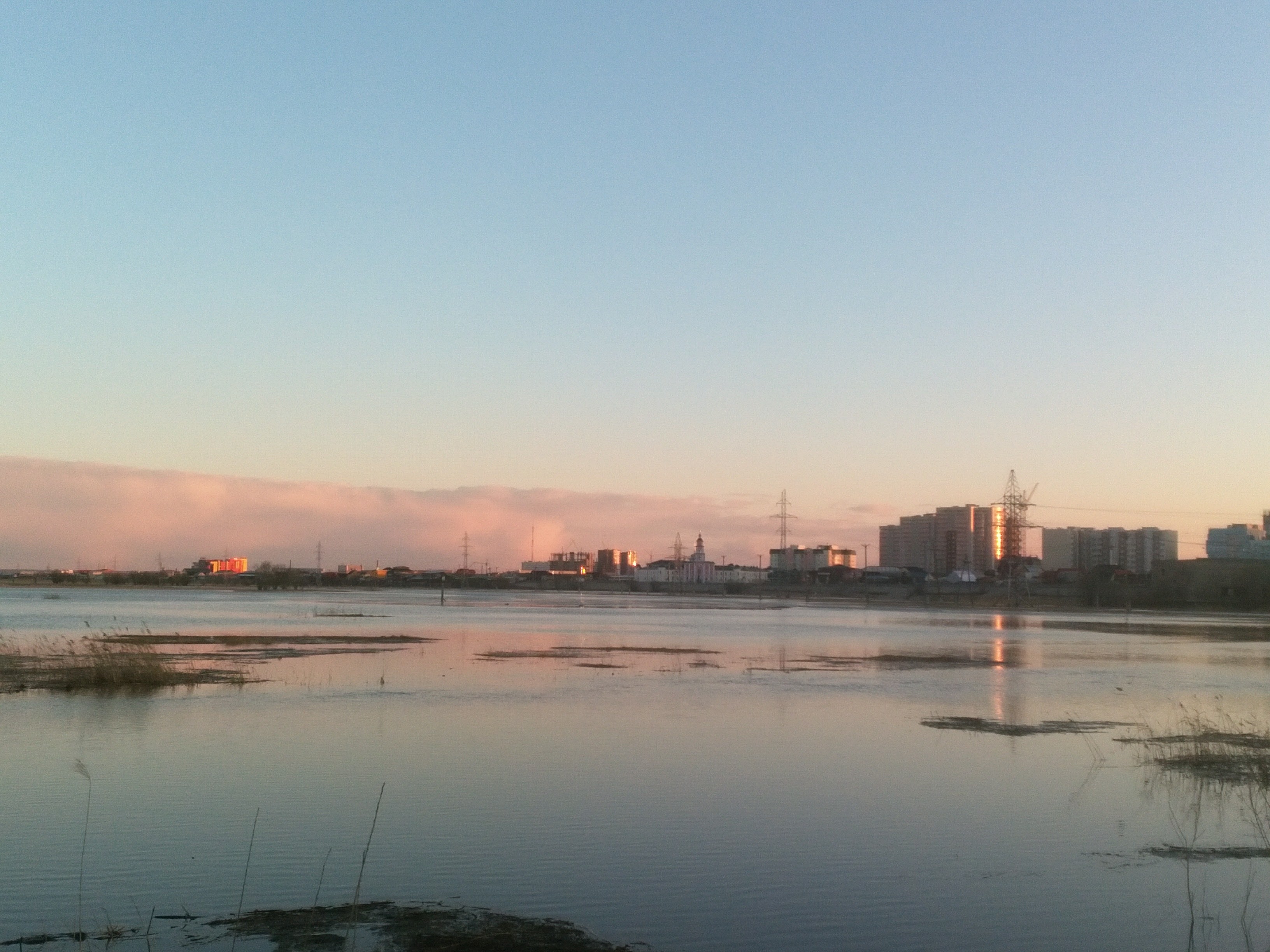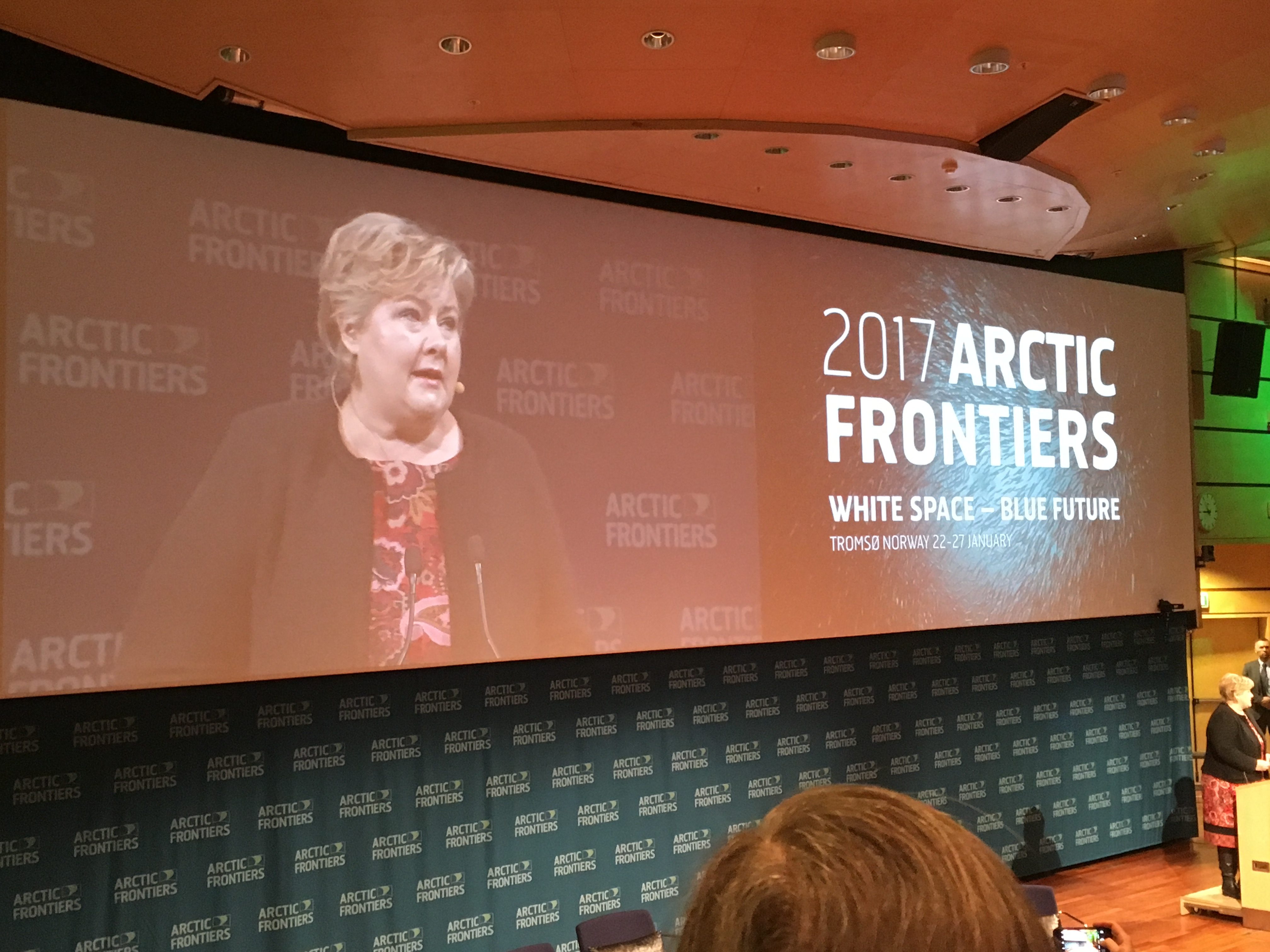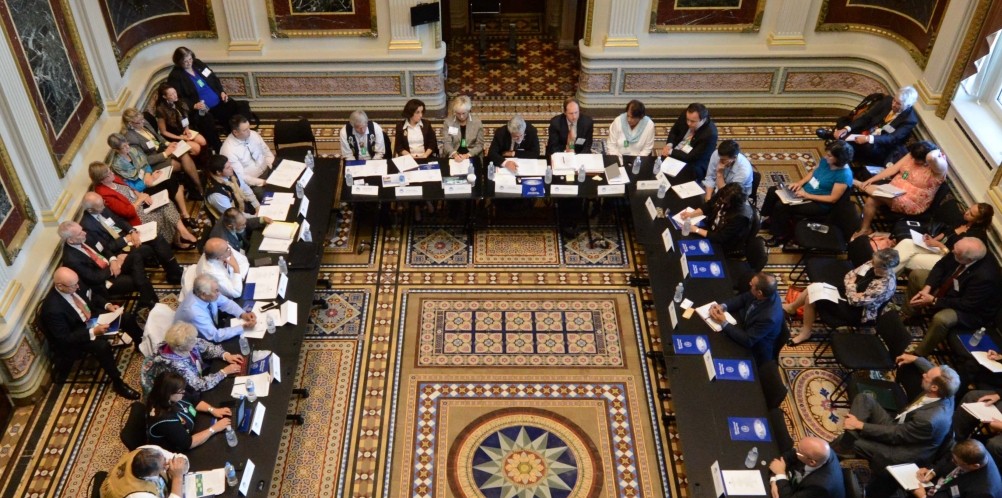Arctic Cities on the Move: Adapting to Environmental Changes through Relocation
At the edge of town, a brand new playground sits unused, the swings perfectly still. The park is eerily quiet, with only a distant excavator piercing the silence. A lone Arctic Hare looks at me before bounding off. A few white wildflowers are blooming along the edges of the wide…






